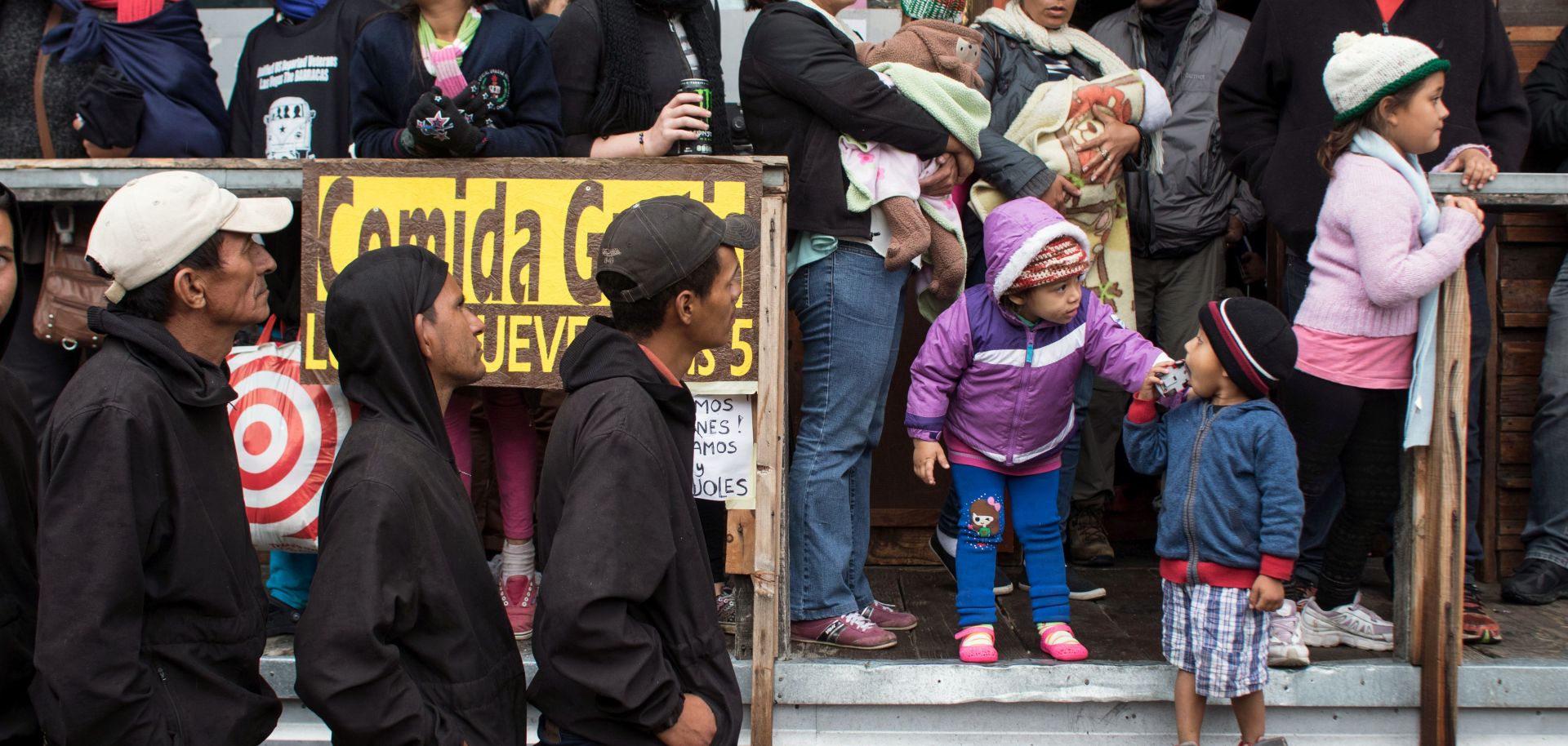COLUMNS
The Geopolitics of Immigration
Nov 28, 2019 | 10:00 GMT

Migrants seeking asylum in the United States wait near the U.S.-Mexico border at the El Chaparral crossing in Tijuana, Mexico.
(GUILLERMO ARIAS/AFP/Getty Images)
Editor's Note:
Pilgrim and Puritan settlers who arrived in New England in the early 17th century brought with them the tradition of Thanksgiving that was adopted by waves of immigrants who followed. This analysis first published Jan. 15, 2004, examines the role immigration has played — and continues to play — in the evolution of the United States.
Subscribe Now
SubscribeAlready have an account?
